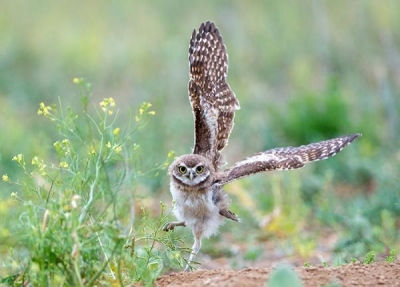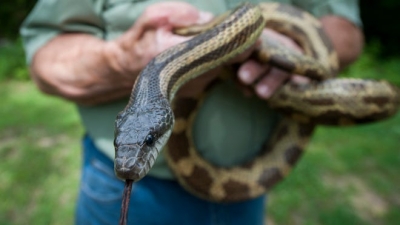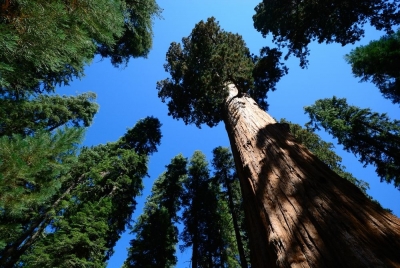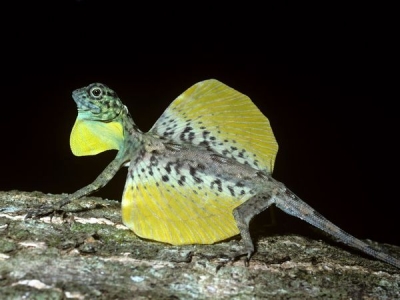Where bison live?
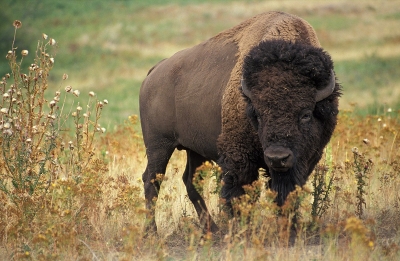
The bison are typical ruminants of great prairies of North America where they are commonly called buffalo. When the first settlers went to the west were an estimated 60 million of these animals who provided the Indians with their major source of food and skins; but the Indians only killed when necessary.
Then the white man came and the massacre began. During the years across the continent, these animals were wantonly slaughtered by the hundreds of thousands. The white settlers only used the tongue of the bison and the animal’s bones were sold by the ton for a few dollars to be made into fertilizer.
Finally all but a few bison were killed. Today they are carefully protected and are breeding again in great numbers.
Picture Credit : Google
